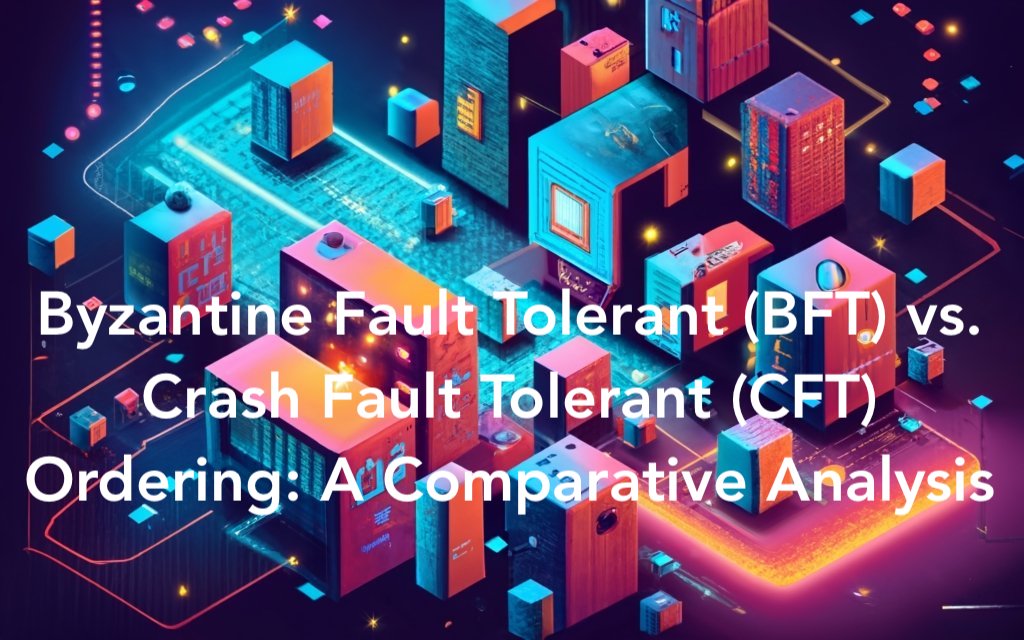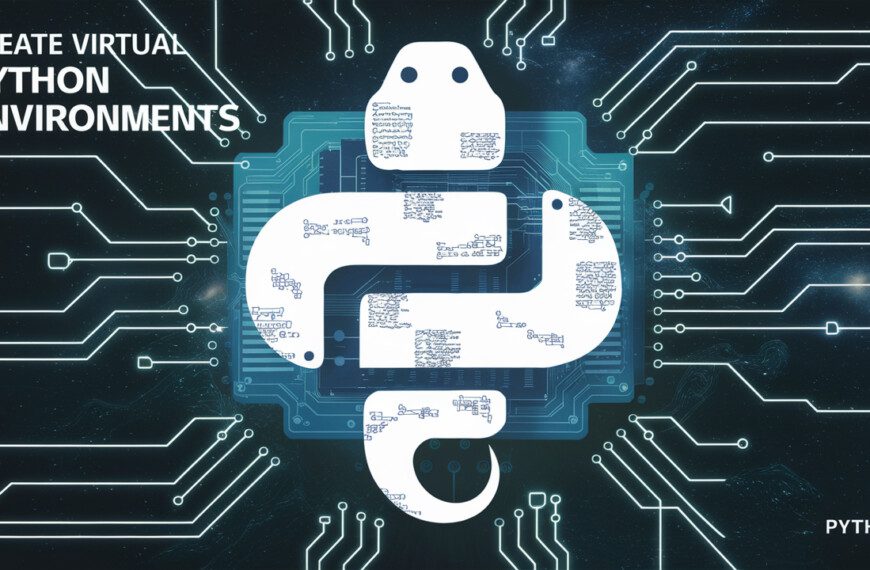Introduction
When it comes to the consensus process in blockchain networks, ordering plays a vital role. In Hyperledger Fabric, a permissioned blockchain framework, two primary ordering mechanisms are used: Byzantine Fault Tolerant (BFT) and Crash Fault Tolerant (CFT) ordering. In this blog, we will delve into the differences between these approaches and explore their fault tolerance, security, and performance aspects. By understanding the trade-offs and considerations, you can make an informed decision when selecting the most suitable ordering mechanism for your Hyperledger Fabric network.
Fault Tolerance
When evaluating the fault tolerance capabilities of an ordering mechanism, BFT outperforms CFT. BFT ordering can tolerate up to (but not including) a third of the orderer nodes being faulty or behaving maliciously. This high level of fault tolerance ensures the continued operation and consensus of the network, even in the presence of a significant number of malicious nodes.
On the other hand, CFT ordering can handle crash failures but is not designed to withstand the actions of malicious nodes. In a CFT ordering service, the network becomes unavailable if more than half of the nodes crash or are unreachable. This limitation makes CFT ordering less resilient to attacks and compromises the trust and integrity of the network.
BFT Ordering
- Withstands a subset of nodes behaving maliciously or being compromised
- Can tolerate up to (but not including) a third of the orderer nodes being faulty
- Ensures continued operation and consensus in the network, even with a significant number of malicious nodes
CFT Ordering
- Handles crash failures but not specifically designed for malicious nodes
- Becomes unavailable if more than half of the nodes crash or are unreachable
- Less resilient to attacks, compromising the trust and integrity of the network
Security
In terms of security, BFT ordering provides stronger guarantees compared to CFT ordering. BFT consensus algorithms, such as the SmartBFT protocol used in Hyperledger Fabric, offer resistance against Byzantine nodes that can behave in arbitrary and malicious ways. The consensus protocols used in BFT ordering ensure that transactions are validated and agreed upon by a sufficient number of nodes, even in the presence of malicious actors.
CFT ordering, on the other hand, assumes a cooperative and non-malicious environment. While CFT ordering can guarantee consistency and fault tolerance against crash failures, it is more vulnerable to attacks and compromises from malicious nodes. Without the ability to withstand Byzantine faults, CFT ordering may result in inconsistencies and vulnerabilities in the blockchain network.
BFT Ordering
- Stronger security guarantees with Byzantine consensus algorithms
- Resistance against Byzantine nodes behaving maliciously
- Transactions validated and agreed upon by a sufficient number of nodes, even with malicious actors present
CFT Ordering
- Assumes a cooperative and non-malicious environment
- Vulnerable to attacks and compromises from malicious nodes
- Lack of Byzantine fault tolerance may result in inconsistencies and vulnerabilities
Consensus Algorithms
BFT and CFT ordering mechanisms employ different consensus algorithms to reach agreement among nodes. BFT ordering, using protocols like SmartBFT, is based on Byzantine consensus algorithms that ensure nodes can agree on the order of transactions, even in the presence of malicious behavior. These algorithms require a larger number of messages exchanged among nodes, resulting in higher communication overhead compared to CFT ordering.
CFT ordering, such as the Raft protocol used in Hyperledger Fabric, follows a crash fault tolerant consensus algorithm. The Raft protocol uses a leader-and-follower model, where a leader node is elected and replicates decisions to the followers. This approach simplifies the communication process and reduces overhead, making CFT ordering more efficient in terms of performance.
BFT Ordering
- Based on Byzantine consensus algorithms
- Hyperledger Fabric: SmartBFT
- Requires more messages exchanged among nodes, resulting in higher communication overhead
- Provides stronger fault-tolerance and security, but at the expense of increased communication complexity
CFT Ordering
- Uses crash fault tolerant consensus algorithms
- Hyperledger Fabric: Raft
- Follows a leader-and-follower model, simplifying communication and reducing overhead
- More efficient in terms of performance and communication overhead compared to BFT ordering
Trade-offs and Considerations
When choosing between BFT and CFT ordering in Hyperledger Fabric, several factors should be considered. BFT ordering provides stronger fault tolerance and security, making it suitable for use cases that require high levels of trust and decentralization. Industries such as finance, supply chain, and healthcare, where the integrity of transactions is critical, can benefit greatly from BFT ordering.
On the other hand, CFT ordering is more efficient in terms of performance and communication overhead. It is well-suited for use cases where crash failures are the primary concern, and the network operates in a non-malicious environment. Additionally, organizations may opt for CFT ordering if they have limited resources or if the threat of Byzantine faults is relatively low.
Summary
- BFT Ordering: Strong fault tolerance and security, suitable for high-trust and decentralized environments (e.g., finance, supply chain, healthcare)
- CFT Ordering: Better performance and efficiency, ideal for scenarios with crash failures and non-malicious environments
- Available resources, threat model, and specific requirements of the blockchain network influence the ordering selection
Conclusion
In conclusion, the choice between BFT and CFT ordering depends on the specific requirements, security considerations, and performance trade-offs of the blockchain network. While BFT ordering offers stronger fault tolerance and security guarantees, CFT ordering provides better efficiency and performance. Organizations must carefully evaluate these factors to determine the most suitable ordering mechanism for their Hyperledger Fabric network.
As we continue this deep dive into Byzantine Fault Tolerant (BFT) ordering in Hyperledger Fabric, the next blog will focus on implementing BFT ordering service with SmartBFT, providing a step-by-step guide and highlighting the advantages of this approach. Stay tuned for more insights on harnessing the power of BFT consensus in your blockchain applications.










